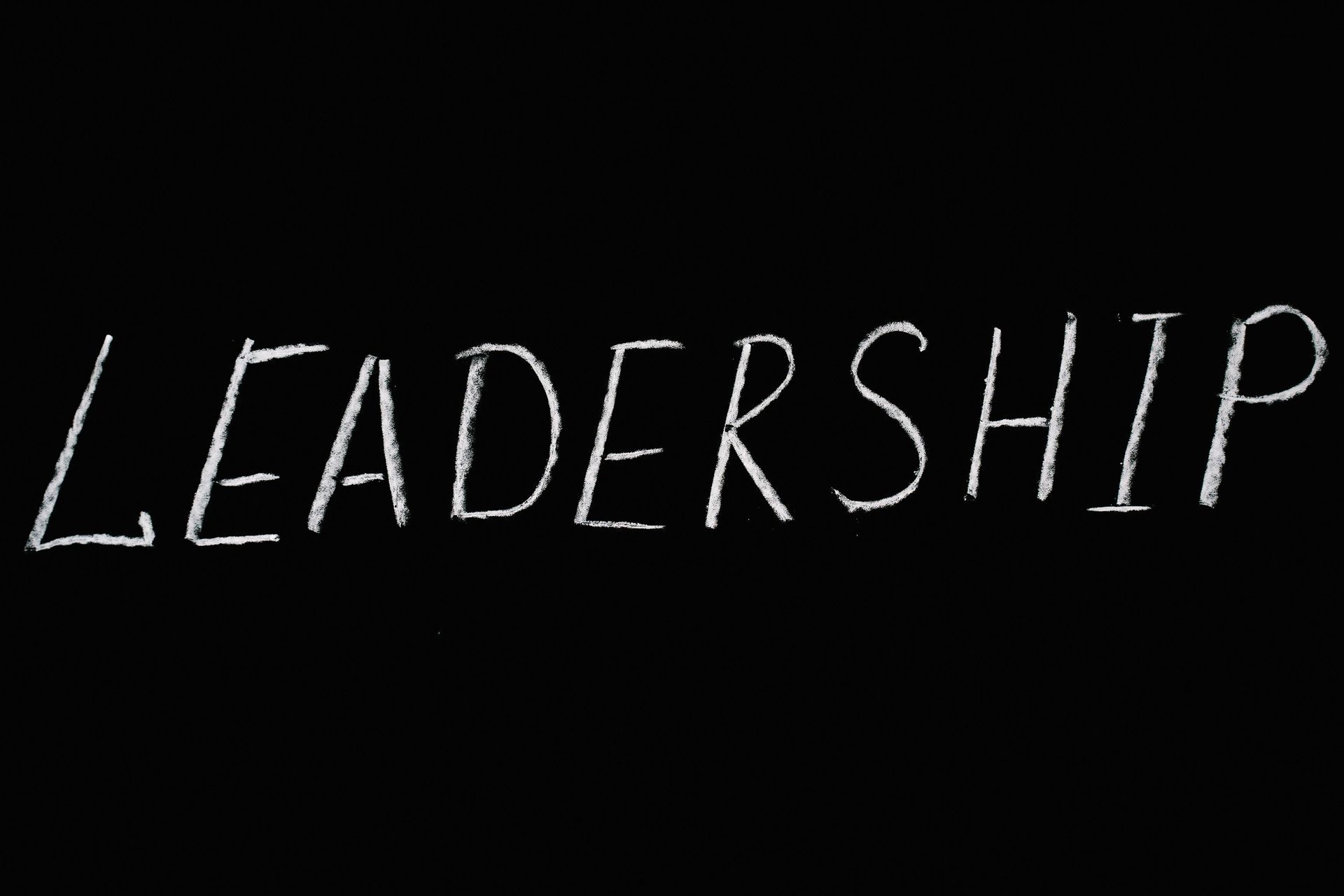Workplace Bullying
Bully's aren't wanted anywhere.

What is workplace bullying?
Workplace bullying often involves an abuse or misuse of power. ... Not everyone who displays bullying behaviors can truly be described as a workplace bully.
Workplace bullying is a persistent pattern of mistreatment that can include verbal, nonverbal, psychological, or physical abuse, as well as intimidation, humiliation, or work sabotage. These repeated, unreasonable behaviors are directed toward an employee or group of employees and create a risk to their health and safety. Bullying can be carried out by supervisors, subordinates, or coworkers and often involves an abuse or misuse of power.
Common behaviors include
- Verbal abuse:
Using abusive or insulting language, yelling, or constant and unfair criticism.
- Psychological mistreatment:
Intimidation, humiliation, or demeaning someone's work or personal self-esteem.
- Work sabotage:
Isolating an employee from information and interaction, assigning impossible deadlines, or blocking them from opportunities like training or advancement.
- Exclusion:
Leaving someone out of important meetings or social circles.
Who can be a bully
- A person in a position of authority, such as a supervisor.
- A coworker who is a peer.
- A subordinate who bullies a supervisor.
How it differs from typical conflict
- Persistent pattern: Unlike a one-off argument, bullying is a recurring and systematic pattern of behavior.
- Abuse of power: It often involves an actual or perceived power imbalance.
- Harm to health: The sustained mistreatment creates an ongoing risk to the victim's physical and emotional well-being.
For Individuals: How to stop workplace bullying
To stop workplace bullying, both employees and organizations must take action, including
establishing a clear anti-bullying policy, documenting incidents, reporting the behavior to supervisors or HR, and seeking support from trusted colleagues or professionals. Organizations should also provide training, hold managers accountable, and foster a respectful environment to prevent future issues.
For employees
- Document everything: Keep a detailed log of incidents, including dates, times, what happened, who witnessed it, and how it made you feel.
- Report the behavior:
- Start with your direct supervisor, unless they are the bully.
- If your supervisor is the bully, report to their boss or Human Resources (HR).
- Look for anonymous reporting options if available.
- Confront the bully directly (if you feel safe):
- Do this calmly and assertively, and if possible, in the presence of a witness.
- Use "I" statements to explain how their behavior affects you.
- Seek support:
- Talk to a trusted coworker, friend, or family member.
- Consider professional help, such as a therapist or legal advisor.
- Practice self-care: Prioritize your well-being by maintaining physical distance, staying calm, and avoiding emotional reactions when possible.
For organizations to Prevent or Stop Workplace Bullying
- Implement a zero-tolerance policy: Create and enforce a formal policy that clearly states bullying is unacceptable.
- Provide training: Train all employees and managers to recognize, report, and prevent bullying.
- Hold managers accountable: Ensure managers are equipped to handle complaints and promote a respectful workplace.
- Take all reports seriously: Investigate all claims promptly and handle them confidentially.
- Foster a positive culture: Lead by example and acknowledge kindness to promote a more supportive and team-oriented environment.
- Ensure easy access to support: Provide clear and accessible channels for reporting, which can include anonymous options.









